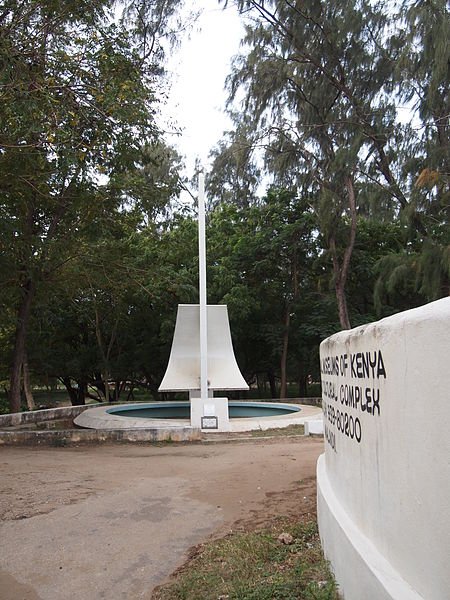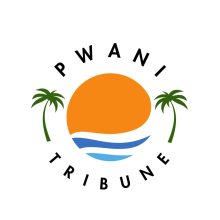The Prince Henry the Navigator Monument in Malindi was unveiled by Portuguese Vice-Premier Dr. Pedro Pereira in 1960. The monument was to mark 500 years since the death of Prince Henry, considered the main initiator of the ‘Age of Discovery’. The occasion also involved the Portuguese Vice-Premier naming the street after Ahmed Ibn Majid, long believed to be the pilot who navigated Vasco Da Gama’s fleet from Malindi to India.

Fabulously wealthy by virtue of his father and later brother being King, Prince Henry had the resources needed to actualize his expedition ideas. He himself was not in the expeditions like that of Vasco da Gama but was the administrator and financier, whilst also providing direction in building better ships. There were explorers years before but none on ships like the Portuguese caravel that featured in Vasco da Gama’s fleet. The older ships were heavier and slower. The Portuguese caravel could sail further and faster. It was smaller (explaining Vasco da Gama’s smaller number of crew), lighter and could ‘sail into the wind’, making it independent of prevailing winds.
The Monument also celebrates the Sultan of Malindi and Ahmed Ibn Majid, who had a street named after him by the Portuguese Vice-Premier. Though it was later found to be improbable that he would have been the one who navigated Vasco Da Gama’s fleet from Malindi to India. He would have been around 77 in 1498, too old to undertake such expeditions. The real pilot was said to be Gujarati.
Regardless, Ahmed Ibn Majid’s honour is befitting, he wrote the Kitab al-Fawa’id fi Usul ‘Ilm al-Bahr wa ’l-Qawa’id (The Book of the Benefits of the Principles and Foundations of Seamanship), a book that came in handy for Vasco da Gama. Ahmed Ibn Majid’s book described the latitudes and longitudes by way of celestial navigation, winds, the difference between coastal and open-sea sailing, the locations of ports from East Africa to Indonesia. Drawing from his own experiences, his father’s and past Indian Ocean sailors.


